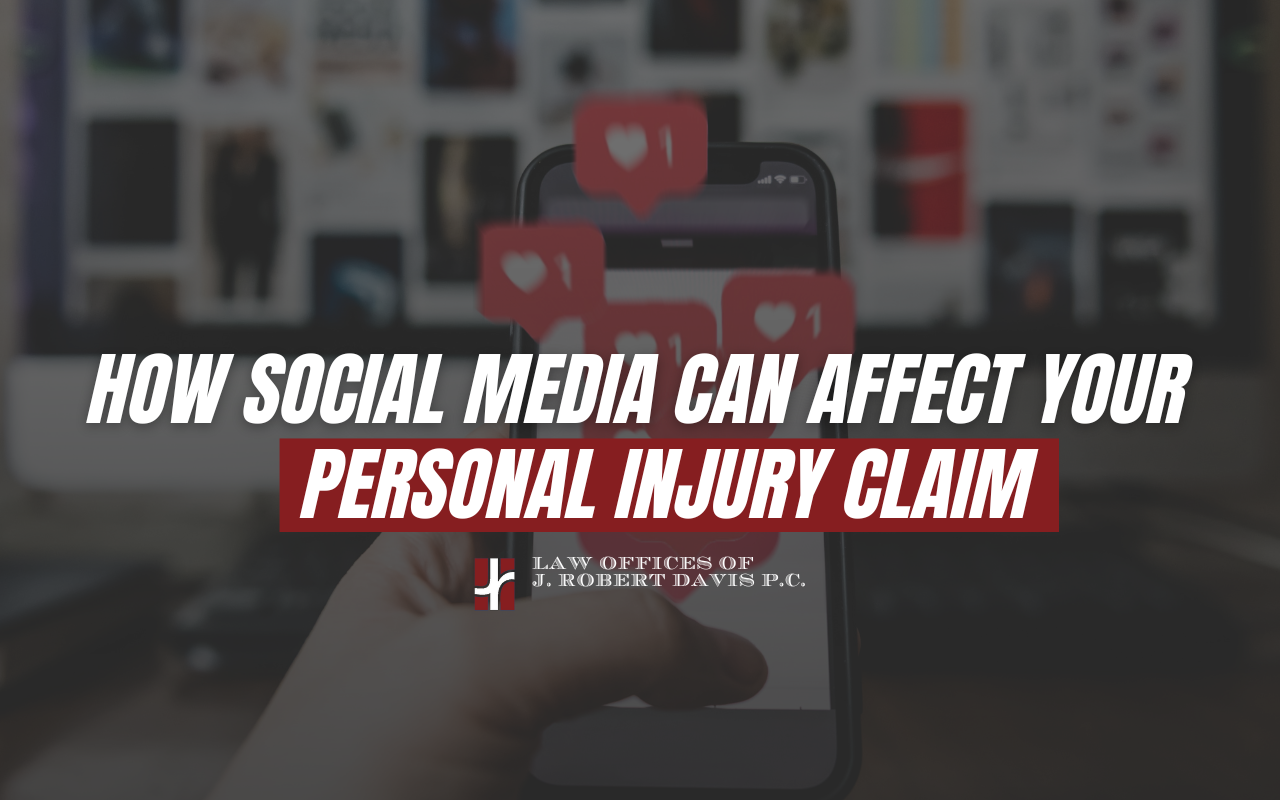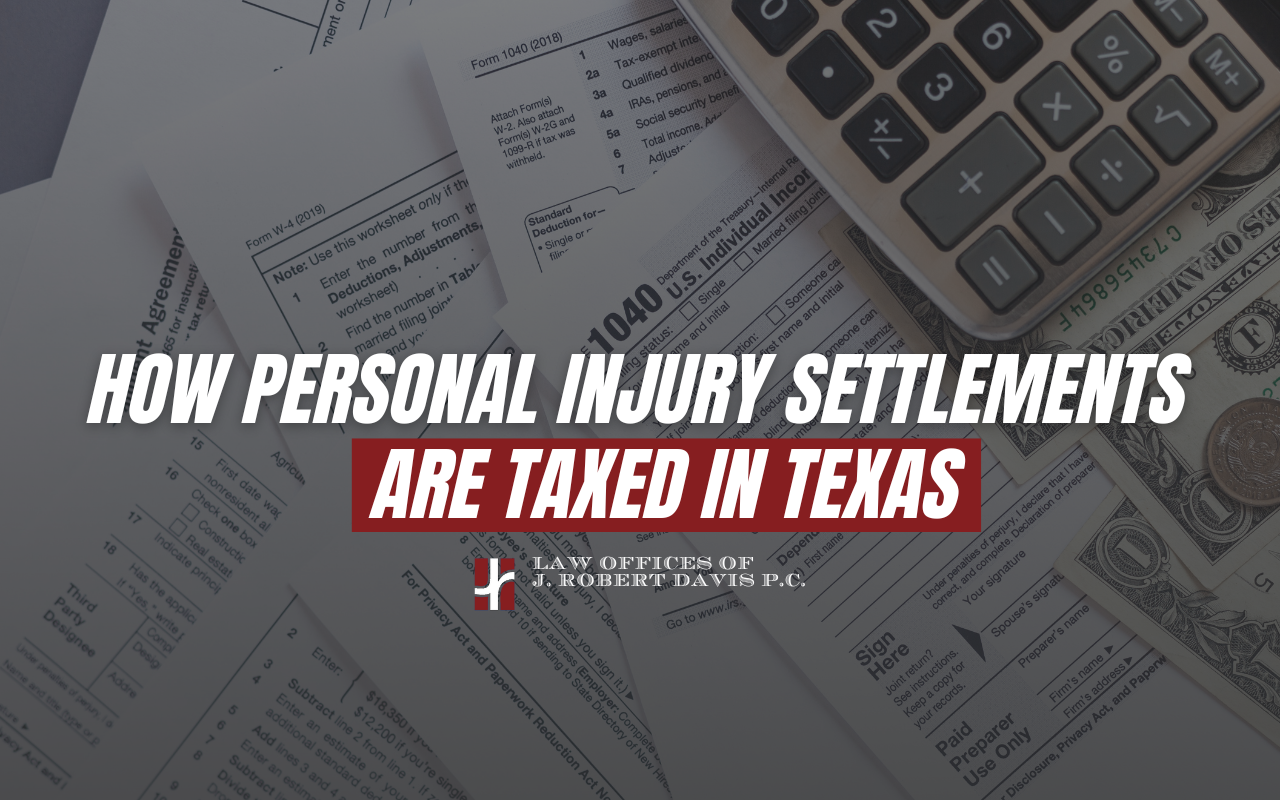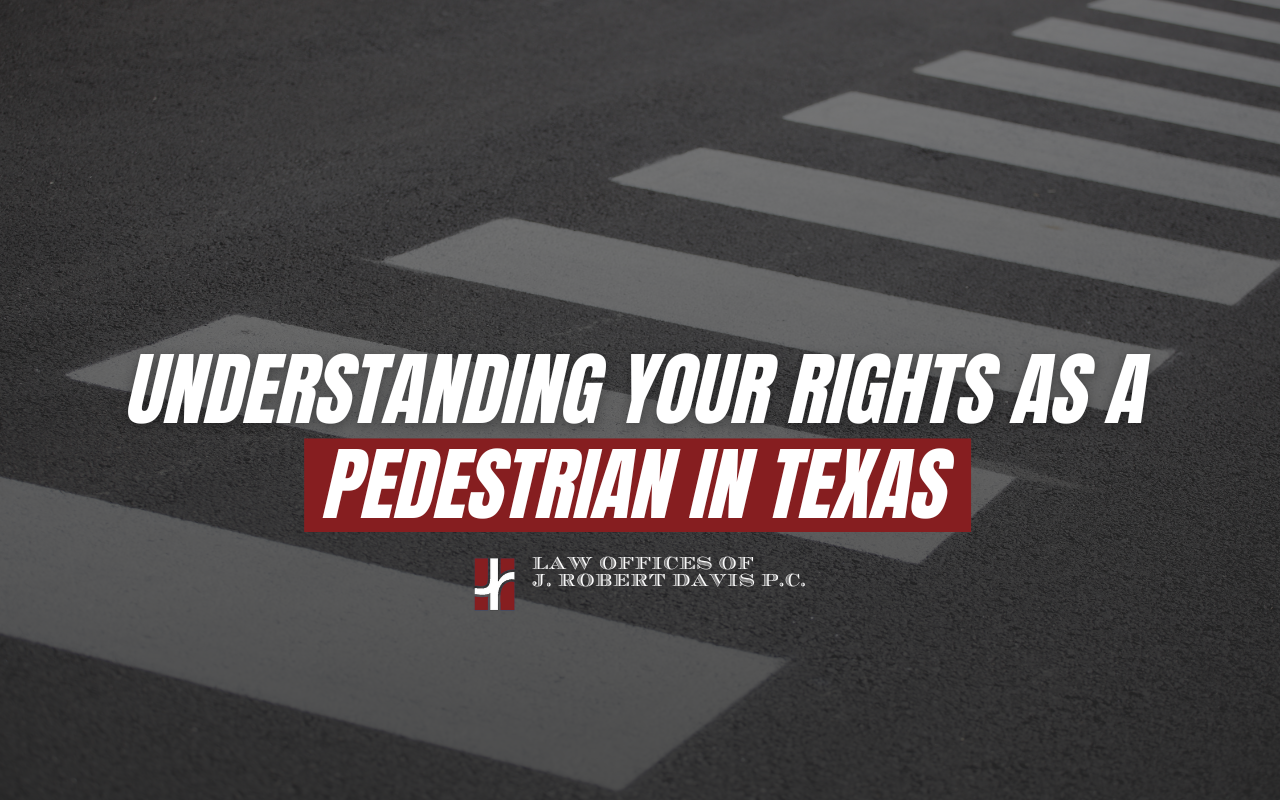
How Social Media Can Affect Your Personal Injury Claim
In today’s digital age, social media has become an integral part of our daily lives. Platforms like Facebook, Twitter, Instagram, and LinkedIn allow us to share experiences, connect with others, and express our thoughts. While social media offers many benefits, it can also have significant implications for your personal injury claim. At The Law Offices of J. Robert Davis P.C., we want to ensure that you are well-informed about how your online activities can impact your case.
Understanding Personal Injury Claims
Before we explore the influence of social media, let’s briefly discuss what a personal injury claim entails. Personal injury claims arise when an individual suffers harm due to the negligence or wrongful actions of another party. These claims seek compensation for medical expenses, lost wages, pain and suffering, and other damages.
To successfully pursue a personal injury claim, you must establish the following elements:
- Duty of Care – The defendant owed you a duty of care.
- Breach of Duty – The defendant breached this duty through their actions or inactions.
- Causation – The breach directly caused your injury.
- Damages – You suffered actual harm or losses as a result of the injury.
Now, let’s examine how social media can affect these elements and your overall claim.
How Social Media Can Impact Your Personal Injury Claim
1. Inconsistent Statements
One of the primary ways social media can impact your personal injury claim is through inconsistent statements. Insurance adjusters and defense attorneys often monitor claimants’ social media accounts to find discrepancies between their online posts and their injury claims.
Example: Suppose you claim severe back pain following a car accident. However, you post photos of yourself participating in physically demanding activities like hiking or dancing. These posts can be used to argue that your injuries are not as severe as you claim, potentially weakening your case.
2. Misinterpretation of Posts
Social media posts are often open to interpretation. Even innocent posts can be misconstrued and used against you in your personal injury claim.
Example: If you post a photo of yourself smiling at a family gathering, the defense might argue that you are not experiencing emotional distress. Similarly, a status update about a fun day out might be used to suggest that your injuries are not affecting your daily life.
3. Privacy Settings and Public Posts
Many people assume that their social media accounts are private and only accessible to friends and family. However, privacy settings can be complex, and even seemingly private posts can become public. Additionally, friends or followers might share or comment on your posts, making them more visible.
Insurance companies and defense attorneys may use various methods to access your social media content, including:
- Friend Requests – Sending friend requests to gain access to your private posts.
- Subpoenas – In some cases, obtaining legal subpoenas to access your social media records.
- Public Searches – Monitoring public posts and comments.
4. Tagging and Geolocation
Tagging and geolocation features on social media platforms can provide valuable information to the defense. Tagged photos or check-ins at locations can contradict your claims of being unable to travel or participate in certain activities.
Example: If you claim that your injuries prevent you from working, but you are tagged in photos at a work event, it can undermine your credibility.
5. Friends and Family
It’s not just your posts that can affect your personal injury claim. Posts made by friends and family members can also be scrutinized. If they tag you in photos or make comments about your activities, it can impact your case.
Example: A friend posts a photo of you at a beach party with a caption suggesting you had a great time. Even if you were only there briefly, the defense might use this as evidence against you.
Best Practices for Social Media Use During a Personal Injury Claim
Given the potential risks, it’s essential to be cautious about your social media use during a personal injury claim. Here are some best practices to protect your case:
1. Limit Social Media Activity
Consider taking a break from social media or significantly reducing your activity during the course of your personal injury claim. This minimizes the risk of posting something that could be used against you.
2. Adjust Privacy Settings
Ensure that your social media accounts have the highest privacy settings. However, remember that even private posts can become public, so exercise caution with what you share.
3. Avoid Discussing Your Case
Do not discuss your personal injury claim, the accident, or your injuries on social media. Refrain from posting updates, photos, or comments related to your case.
4. Be Mindful of Photos and Tags
Avoid posting photos or videos that could be misinterpreted. Additionally, ask friends and family not to tag you in posts or photos during this time.
5. Review Past Posts
Review your past social media posts to ensure there is nothing that could be used against you. If you find any potentially harmful content, consider deleting it, but be aware that deleted posts can sometimes still be recovered.
6. Inform Your Attorney
Keep your attorney informed about your social media activity. They can provide guidance on what is safe to post and help you understand the potential consequences of your online presence.
Real-Life Examples
To illustrate the impact of social media on personal injury claims, let’s look at a few real-life examples:
Example 1: The Fitness Enthusiast
A woman filed a personal injury claim after a car accident, claiming severe neck and back injuries. However, her social media accounts showed her participating in a fitness competition just weeks after the accident. The defense used this evidence to argue that her injuries were not as severe as she claimed, resulting in a reduced settlement.
Example 2: The Vacation Photos
A man claimed that a workplace injury left him unable to work or engage in physical activities. However, his social media profiles featured photos of a recent vacation, including beach outings and hiking trips. The defense used this evidence to challenge his credibility, leading to a denial of his claim.
Example 3: The Partygoer
A young woman filed a personal injury claim after slipping and falling at a grocery store. She claimed that the injury caused significant pain and limited her mobility. However, her social media accounts showed her attending multiple parties and dancing with friends. The defense used this evidence to question the severity of her injuries, resulting in a lower settlement offer.
The Role of Legal Counsel
Navigating a personal injury claim can be complex, especially when social media is involved. Having experienced legal counsel can make a significant difference in the outcome of your case. At The Law Offices of J. Robert Davis P.C., we understand the nuances of personal injury law and the impact of social media.
Our team will work diligently to protect your interests, offering guidance on social media use and gathering evidence to support your claim. With our expertise, you can focus on your recovery while we handle the legal complexities.
Contact Our Award-Winning Personal Injury Law Firm Now
Social media is a powerful tool, but it can also have unintended consequences on your personal injury claim. By understanding the potential risks and following best practices, you can protect your case and ensure that you receive the compensation you deserve.
If you have any questions or need assistance with your personal injury claim, don’t hesitate to contact The Law Offices of J. Robert Davis P.C. Our dedicated team is here to help you every step of the way.



